Hair transplants: the solution for thinning hair?
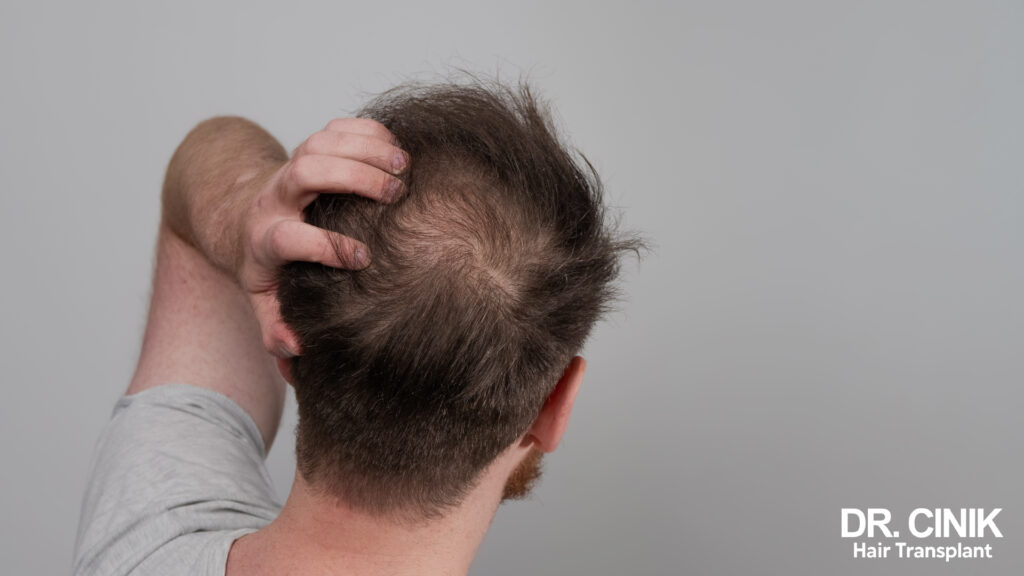
Sommaire
Thinning hair is a widespread problem that impacts many people, both male and female. This loss of hair density is primarily linked to androgenetic alopecia. While medical treatments can help slow the process and stimulate regrowth, they are often insufficient once hair loss reaches an advanced stage. In these cases, a hair transplant is often the most effective solution. This article explores this option in detail, examining the causes of hair thinning, the grafting techniques available and their advantages, as well as the benefits of complementary treatments to optimize results.

What is androgenetic alopecia, the main cause of thinning hair?
Androgenetic alopecia, also known as pattern baldness, is the primary cause of hair loss and thinning. It results from a genetic predisposition to sensitivity to androgens (“male” hormones), particularly DHT (dihydrotestosterone). DHT is a derivative of testosterone that acts on hair follicles, causing them to progressively miniaturise. Over time, hair becomes increasingly fine, short and sparse, until bald patches appear on the crown and temples.
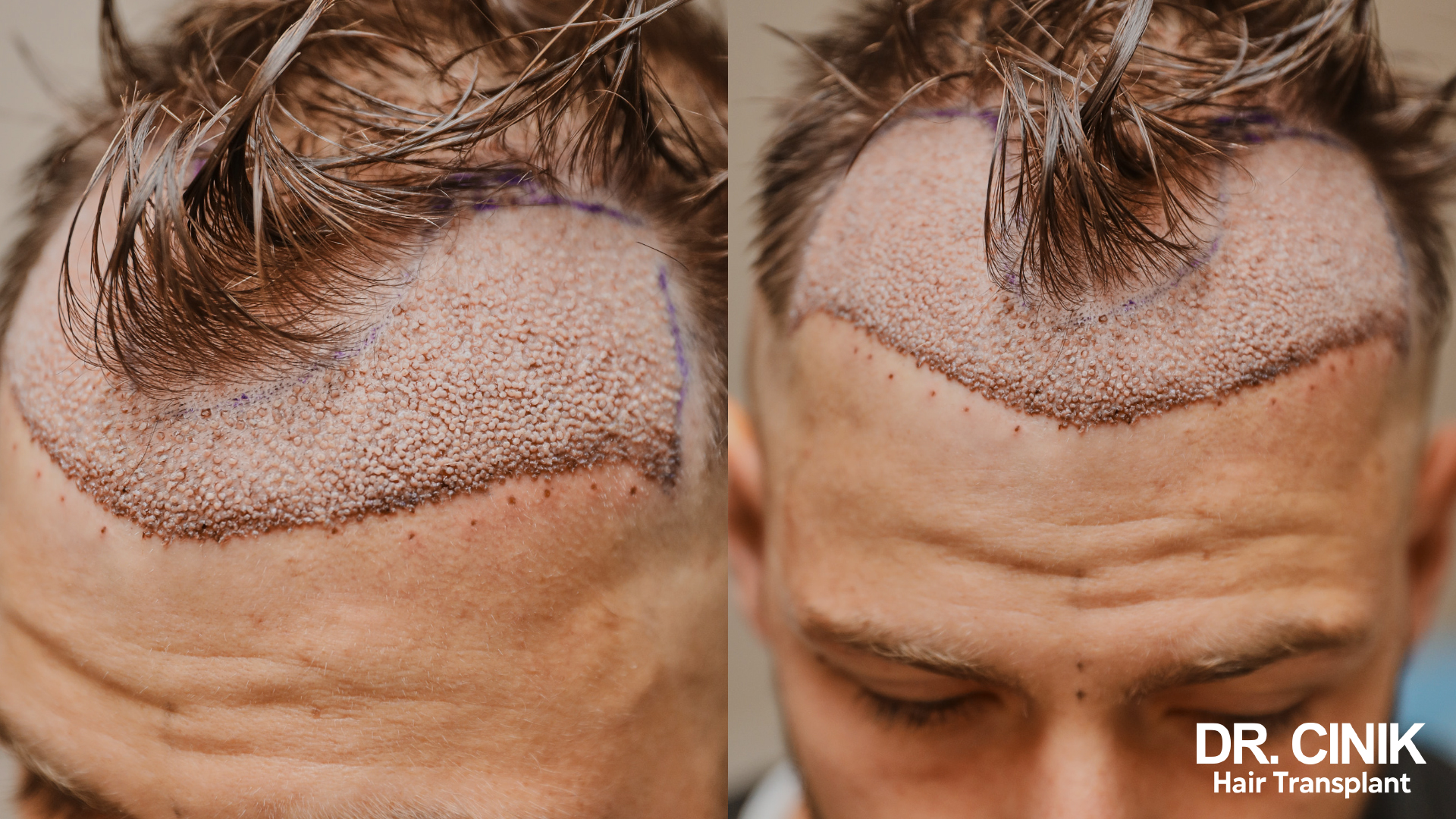
Although androgenetic alopecia is more common in men, it also affects women, typically manifesting as diffuse hair thinning. Medical treatments like finasteride (an anti-androgen) or minoxidil (a regrowth stimulant) can help slow hair loss and promote new growth. However, their effectiveness is limited when density loss is already significant. They must also be continued indefinitely to maintain any benefits and can cause side effects. This is why a hair transplant is often considered a long-term solution to sustainably restore hair.

FUE hair transplantation: a reference technique for restoring hair density
FUE (Follicular Unit Extraction) is currently the most widely used hair transplant technique to treat thinning hair and baldness. This minimally invasive method involves removing individual hair follicles using a circular punch ranging from 0.8 to 1 mm in diameter. Each graft contains 1 to 4 hairs. The grafts are then meticulously re-implanted into the thinning areas of the scalp, respecting the angle and direction of hair growth to achieve a natural result.
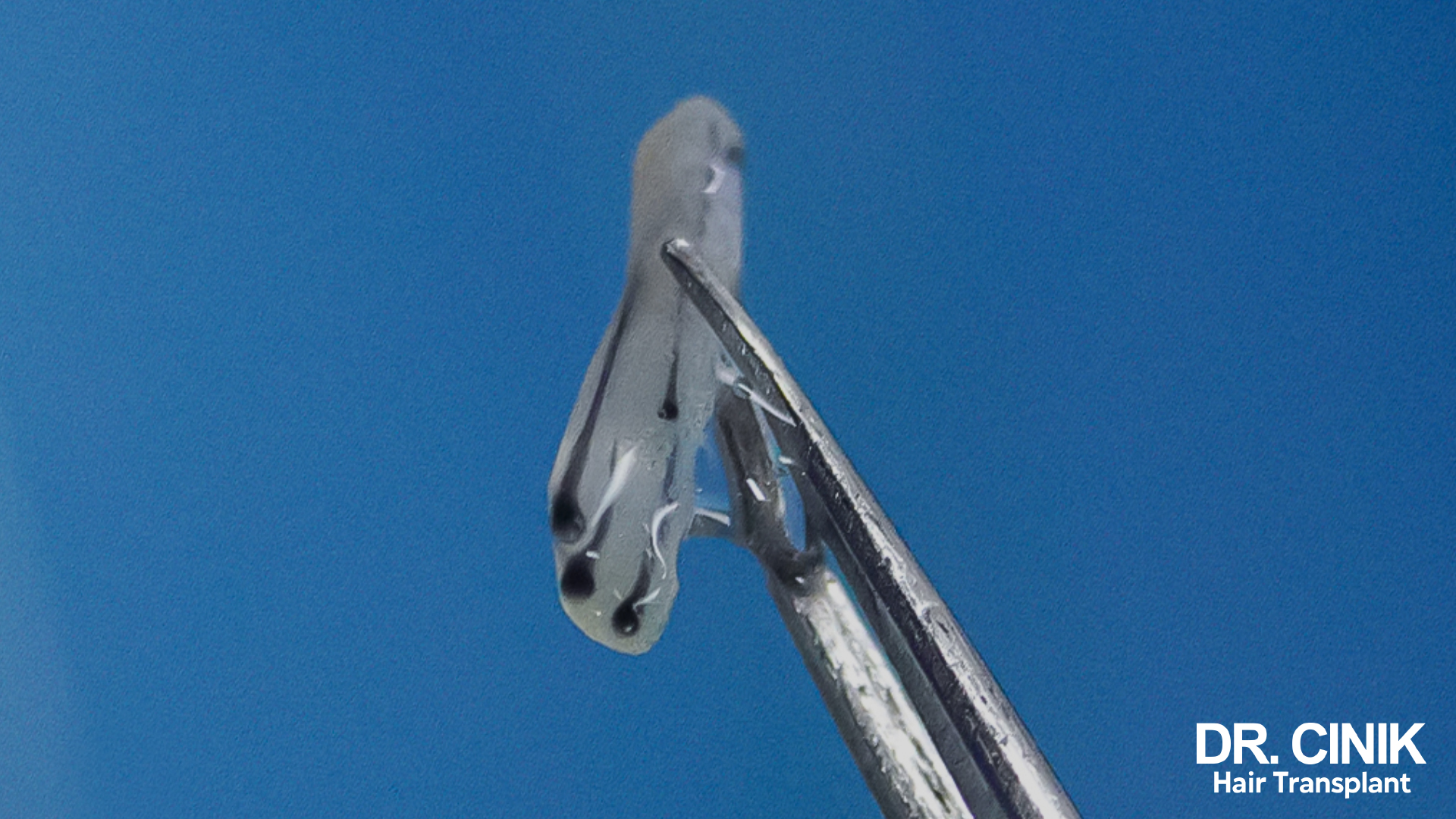
FUE offers numerous advantages over the older FUT (Follicular Unit Transplantation) technique, which involved excising a strip of scalp. Notably, FUE does not leave a linear scar, only tiny dots that will be concealed by the regrowing hair. The procedure is performed under local anaesthesia and is not painful. Post-operative recovery is quicker and easier compared to FUT. The results look very natural and are permanent, with the transplanted hair behaving like normal hair that will not fall out again.

FUE can recreate increased hair density in the treated areas, whether it’s the frontal region, temporal peaks or crown. It also allows the hairline to be reshaped for a more youthful appearance. Although it takes several months to appreciate the final result, FUE represents an effective and lasting solution to combat thinning hair.
DHI hair transplantation: a variant of FUE for an even more natural result
DHI (Direct Hair Implantation) is an advanced version of FUE that aims to optimise the precision of graft placement for more natural results and reduce post-operative risks. Unlike classic FUE, where the grafts are first harvested then re-implanted in a separate step, DHI allows for nearly simultaneous extraction and implantation. The follicular units are loaded one at a time into a “Choi” implanter pen, then directly inserted into the scalp without intermediate handling.

%%IMAGE%%
This technique has several advantages. Firstly, it minimises the time grafts spend outside the body, optimizing their survival rate. Secondly, it allows very precise control over the depth, angle and direction of each graft’s placement for an exceptionally natural result. This is particularly beneficial for recreating a seamless hairline or restoring volume to very sparse areas.
Optimising hair transplant results with mesotherapy (PRP, laser or Regenera Activa)
While hair transplantation effectively restores density to balding areas, combining it with complementary treatments can optimize and maintain the results. Hair mesotherapy involves injecting a cocktail of vitamins, minerals, amino acids and other active ingredients into the scalp to promote hair growth and follicle health.
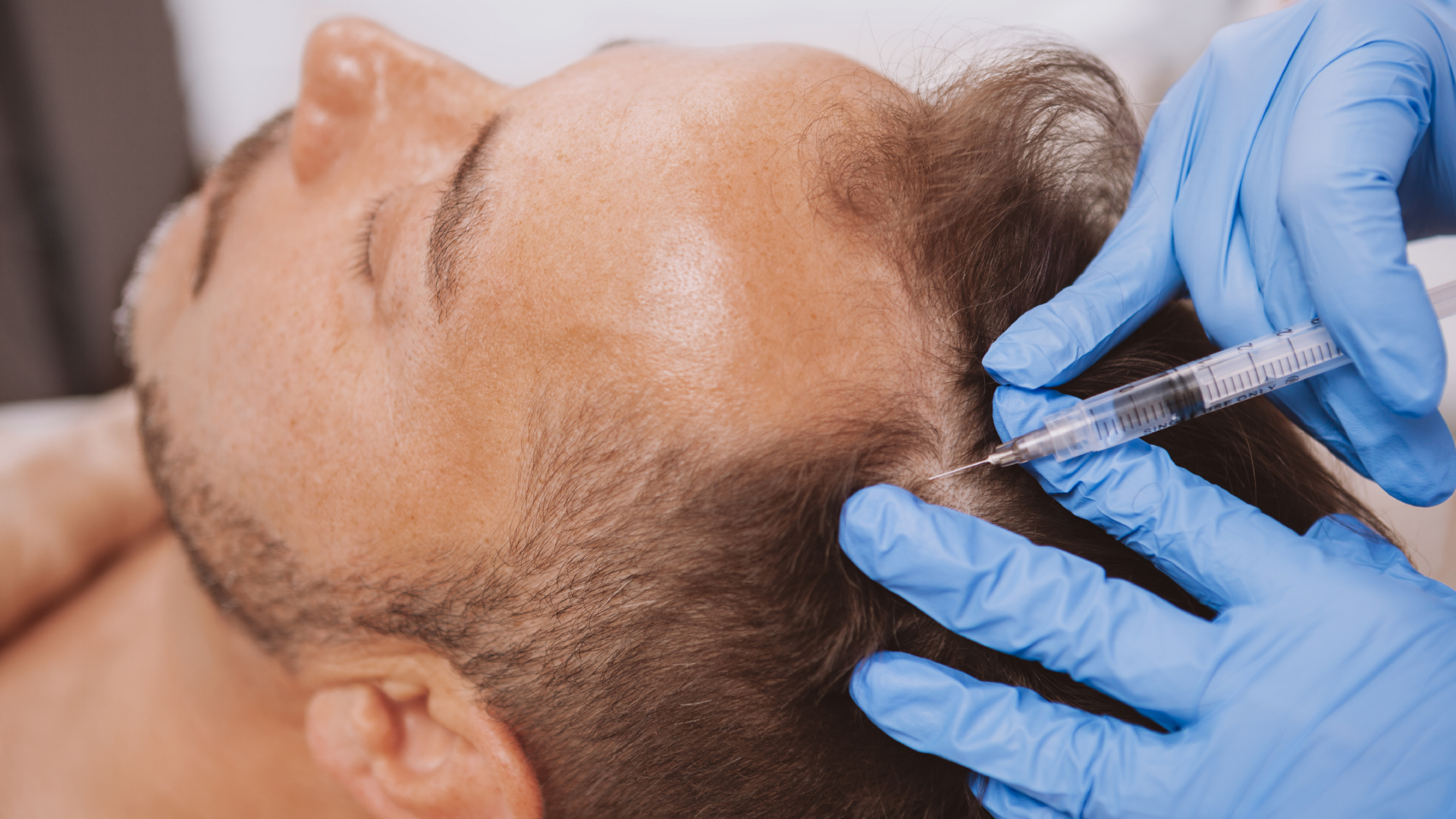
Several mesotherapy formulas have demonstrated efficacy when used in conjunction with transplantation. Regenera Activa is a treatment that uses stem cells extracted from a small sample of the patient’s own skin. These cells are then re-injected into the scalp to stimulate the follicles and slow hair loss. PRP (Platelet-Rich Plasma), obtained by centrifuging the patient’s blood, contains numerous growth factors that promote hair matrix cell proliferation.
Why combine hair transplantation and mesotherapy for thinning hair?
Combining hair transplantation with mesotherapy offers numerous benefits when treating thinning hair. Prior to transplant, mesotherapy sessions prepare the scalp by improving skin quality and vascularization. On the day of surgery, injecting PRP or biostimulatory ingredients promotes graft survival and regrowth. Post-transplant, continued mesotherapy consolidates the results and slows loss of non-transplanted hair.

This combined approach therefore yields denser, healthier-looking hair. Grafts benefit from an optimal environment for growth, while existing hair is strengthened. Mesotherapy can be performed periodically over the first year following transplant, then 2-3 times annually for maintenance. It provides valuable support to ensure the best possible long-term results when treating thinning hair.
The advantages of getting a hair transplant in Turkey
Although hair transplants are performed in many countries, Turkey has become a top destination for this procedure. Turkish clinics, particularly those in Istanbul, are renowned for their hair restoration expertise. The surgeons are highly qualified and experienced in both FUE and DHI techniques. They use state-of-the-art equipment and modern operating facilities to ensure safety and quality of care.
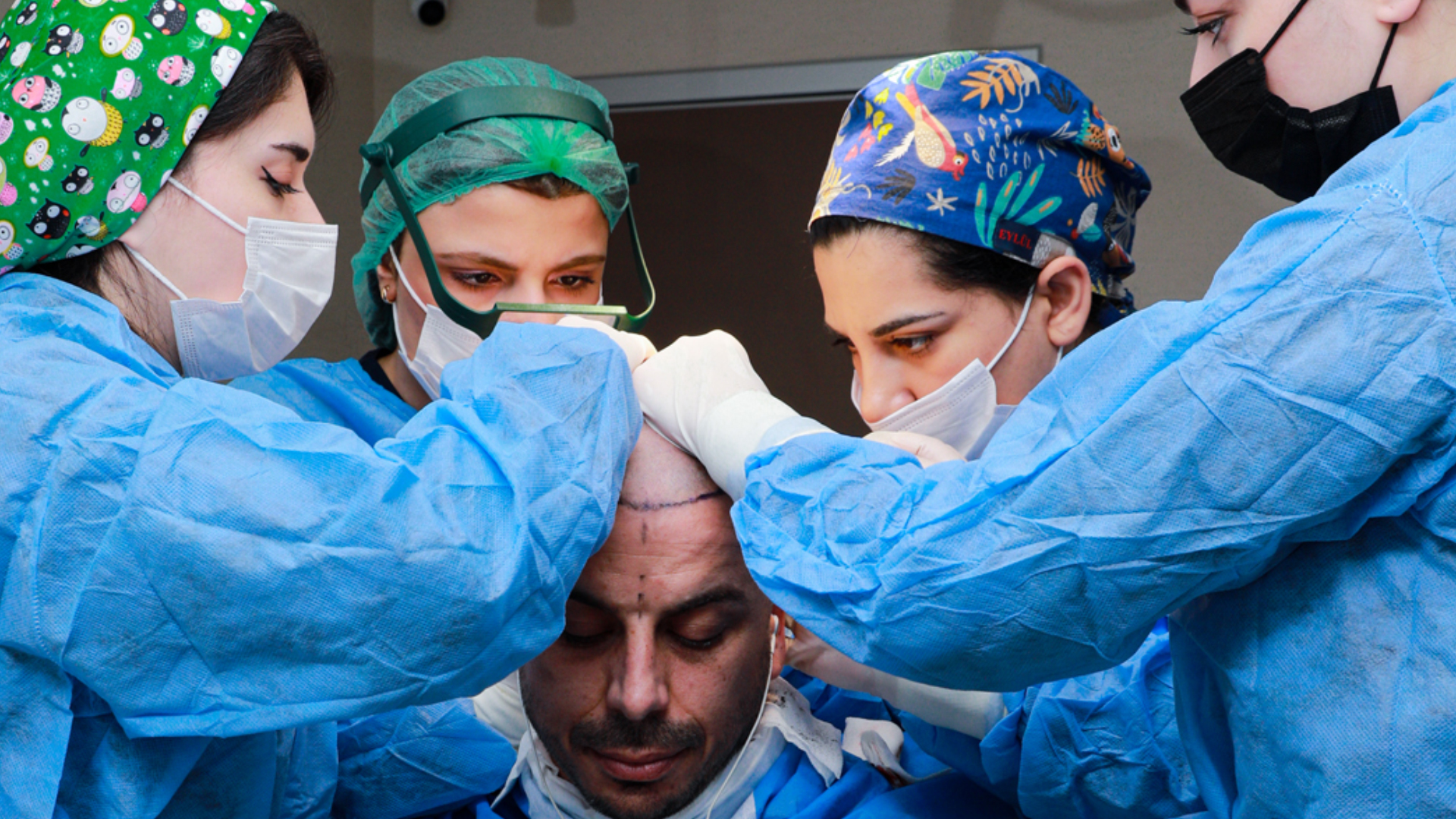
In addition to medical excellence, Turkey offers very competitive pricing for hair transplants, up to 70% lower than in the UK. This is due to the country’s lower cost of living and is not a reflection of the quality of service. Many clinics offer “all-inclusive” packages that cover the transplant procedure, luxury hotel accommodation, airport transfers and post-operative care. Patients get exceptional value for money.
Dr. Cinik: an expert in FUE and DHI hair transplantation in Turkey
Dr. Emrah Cinik is one of Turkey’s top hair restoration surgeons. With over a decade of experience, he has performed more than 10,000 operations and mastered both FUE and DHI techniques. His clinic in Istanbul welcomes many international patients seeking to benefit from his expertise.

Dr. Cinik is known for his personalised approach and natural-looking results. Each procedure is preceded by a thorough consultation to analyse the patient’s needs and develop a bespoke treatment plan. Meticulous attention is paid to the hairline and temporal regions to ensure a harmonious outcome. Dr. Cinik routinely combines transplantation with mesotherapy treatments to promote regrowth. Rigorous post-operative follow-up is provided, with regular check-ups to monitor graft progress.
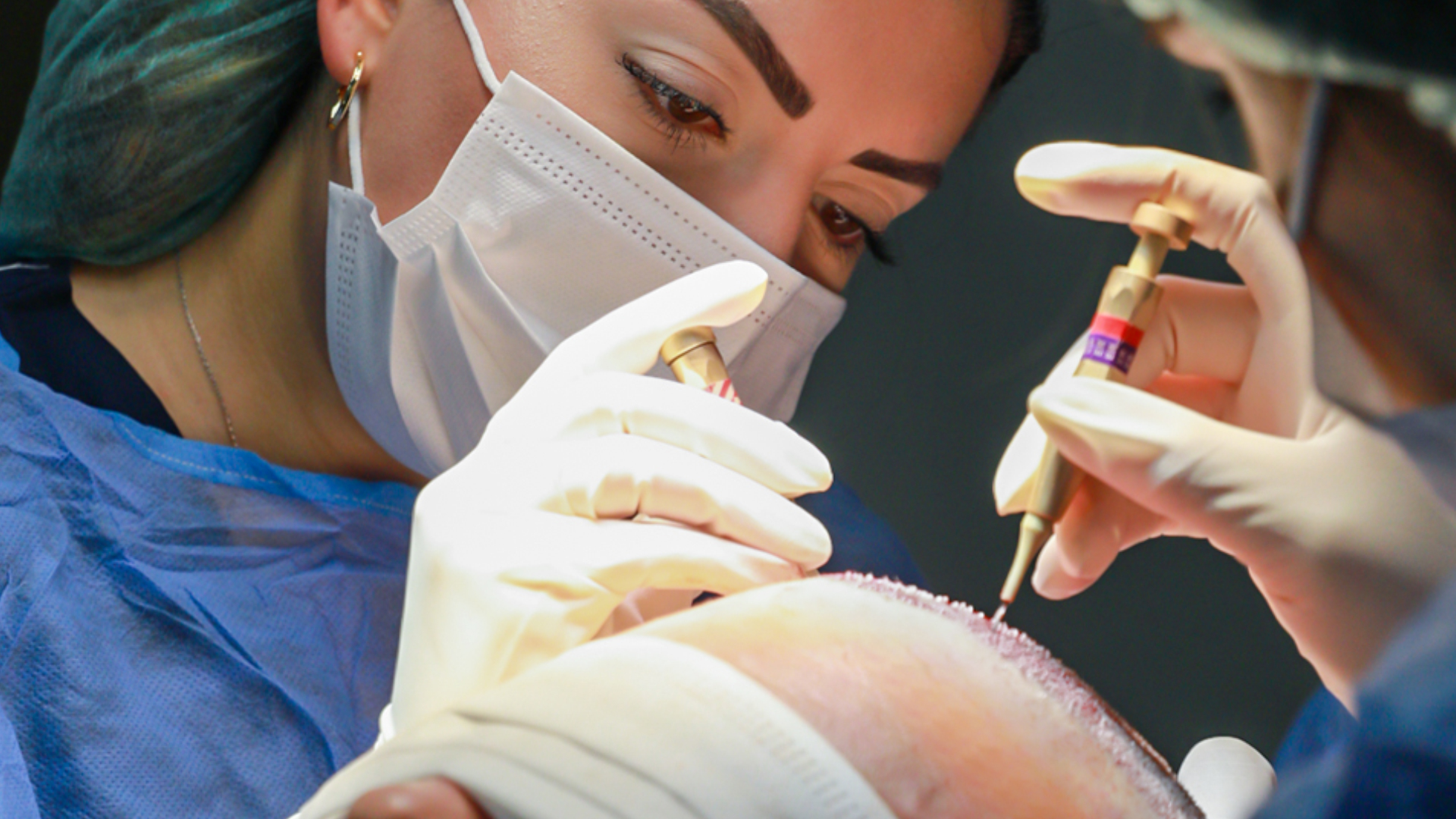
Conclusion
In summary, hair transplantation is an effective, permanent solution for restoring density in cases of thinning hair. FUE and DHI techniques allow precise follicle transplantation for natural, scar-free results. Combining surgery with mesotherapy treatments optimises graft regrowth and the health of remaining hair for thicker locks over the long term.

 en
en



